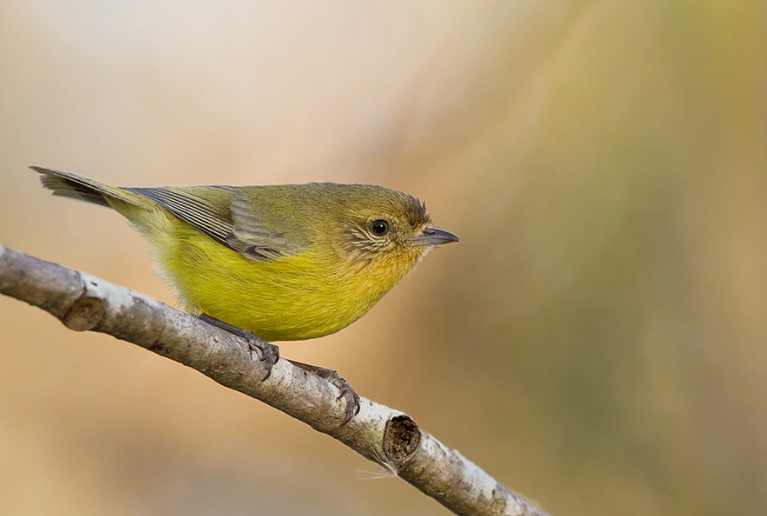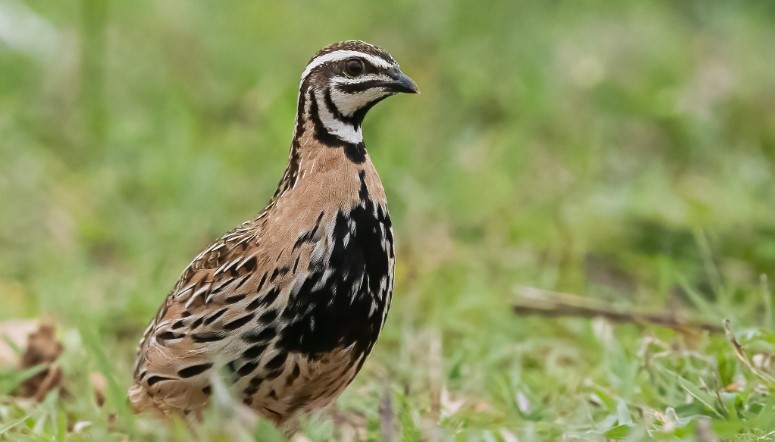/ month
placeholder text
Post List
Editor's Picks
A Rare 2,000 Years Old Collection of Coins Discovered in Mohenjo Daro
A Rare 2,000-Year-Old Collection of Coins Discovered in Mohenjo...
Soil Erosion by Plowing Land into Massive Geometric Artwork
Australian Farmer Battles Soil Erosion by Plowing Land into...
A Synonym for Excellence Made in Tuscany Italy
Architecture Sonora developed something totally exclusive, completely designed, developed,...
A Heart Touching Story of a Blind Man and his Armless Friend
This is A Heart Touching Story of a Blind...
A Lady Found her Wedding Ring in Carrot after 16 Years
Some events in life are extremely unpredictable and mystify...
Don't Miss
The attitude that you have as a parent is what your kids will learn from, more than what you tell them.
The attitude that you have as a parent is...
Hiking Trails and Green Spaces in Minneapolis
Hiking Trails and Green Spaces in Minneapolis
Minneapolis, often referred...
Horsfield’s Bronze Cuckoo (Chrysococcyx basalis)
Horsfield's Bronze Cuckoo (Chrysococcyx basalis) announces their arrival to...
Radde’s Warbler (Phylloscopus schwarzi)
The size of Radde's Warbler (Phylloscopus schwarzi) is about...
White’s thrush (Zoothera aurea)
Besides the Blackbird and the European Song Thrush, the White's...
Classic Works of Art inside Fragile Cracked Eggshells
Turkish Artist Recreates Classic Works of Art inside Fragile...
Charismatic Planet © 2024 . All Rights Reserved.

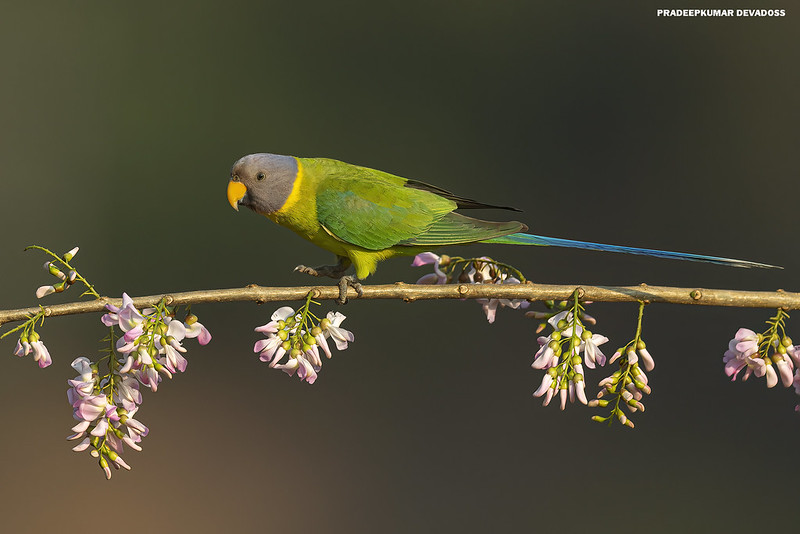 Female plum-headed parakeet: Photo Credit:
Female plum-headed parakeet: Photo Credit: 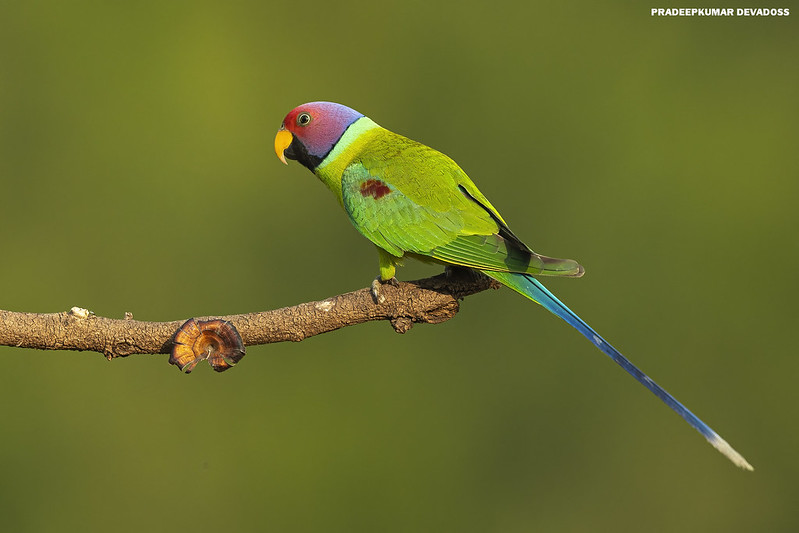
 Photo Credit:
Photo Credit: 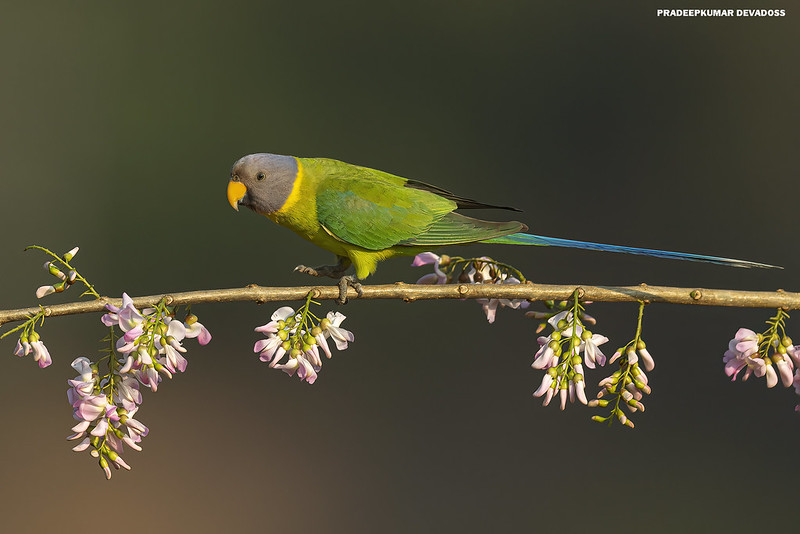 Photo Credit:
Photo Credit: 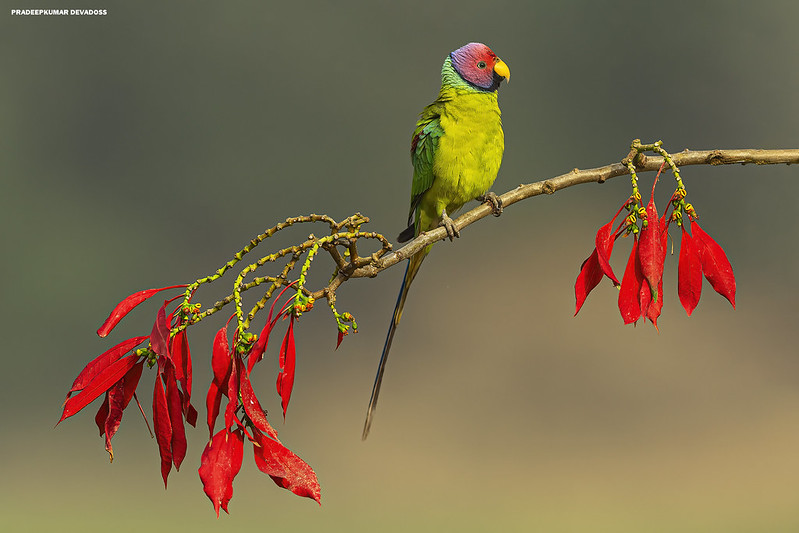
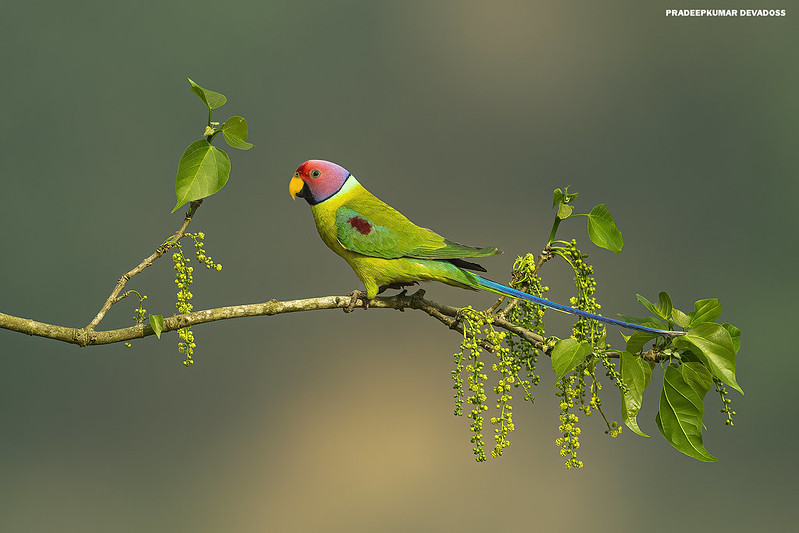 Photo Credit:
Photo Credit: 

